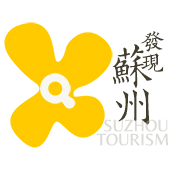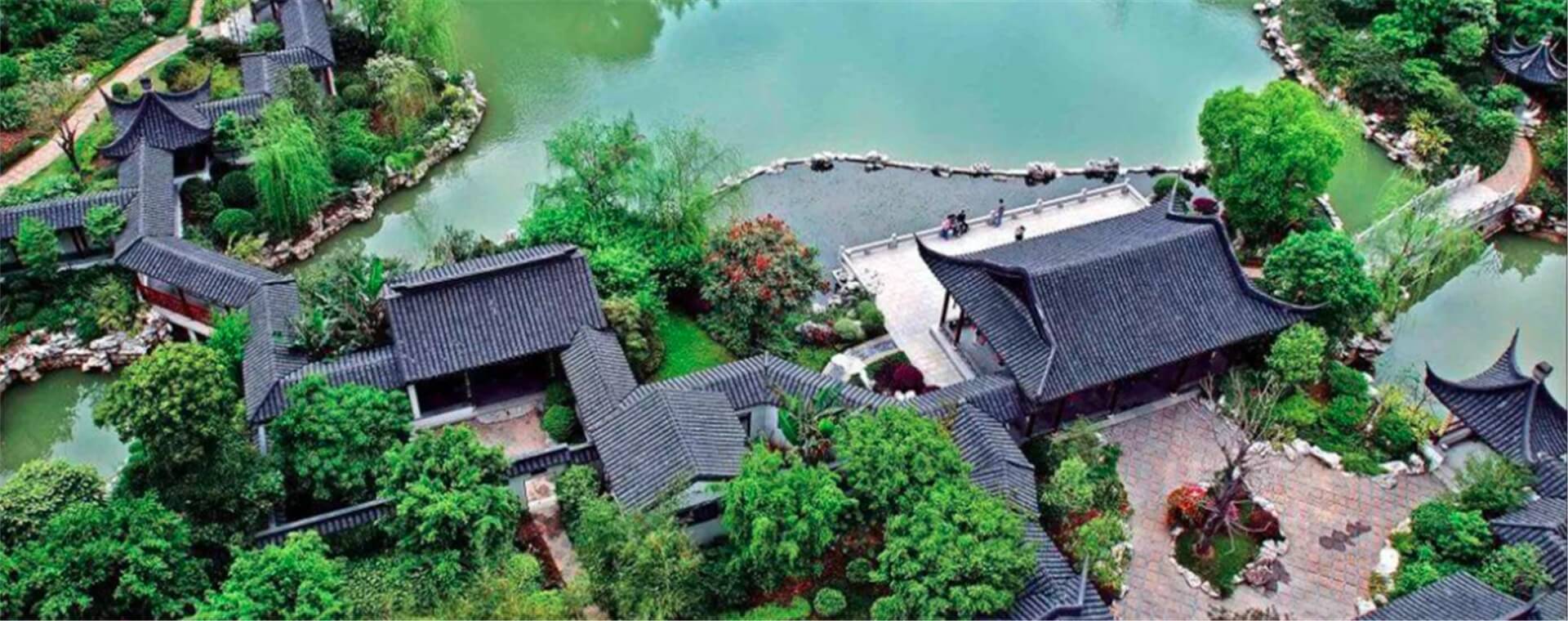The Masters’ Gardens of Suzhou for Everyone, Everywhere – an event hosted by Suzhou Administrative Bureau of Garden and Landscaping – was held recently at the Phoenix Center in Beijing to promote Suzhou gardens with a themed photography exhibit and forum.

From March 20 to 31, the photography competition on Suzhou gardens took Chinese social media by storm. A total of 1,874 entries from more than 200 participants were submitted. 72 photographic works showing the architecture, plants and rockeries of Suzhou classical gardens from different seasons and times of day, made the cut and are being featured at the exhibit.
Let’s see the 10 best works from the contest.










Suzhou gardens have played an important role in promoting Chinese culture and art to an international audience since ancient times, according to forum speakers.

Cultural exchanges between China and Japan and Korea started as early as in the Han Dynasty (206 BC – AD 220) and gardens in the two Chinese neighbors have all been heavily influenced by classical Chinese gardens, and together they have formed the system of Oriental gardens, said Yang Xiujuan, director of the Museum of Chinese Gardens and Landscape Architecture.
While in the West, the Chinese philosophy and design of gardens was first reported on by Marco Polo in the 13th century who hailed Suzhou as the Venice of the East.
From the early 17th century onwards, Catholic missionaries helped to spread the word about the clever and impactful landscaping style, igniting a rage for Chinoiserie, a use of Chinese motifs and designs in western art, furniture and architecture, which would peak in the 1700s, said Jia Jun, an architecture professor at Tsinghua University.
In 1981, the Metropolitan Museum of Art in New York City created the Astor Court, also known as the Ming Hall, to display a collection of Ming Dynasty (1368-1644) domestic furniture it had purchased. The court, based on a small courtyard within Wangshiyuan, Master-of-Nets Garden in Suzhou, was built by expert craftsmen from China.

The Astor Court represents the first permanent cultural exchange between China and the US and Suzhou’s first exported classical garden project. Suzhou has since exported more than 50 gardens to some 30 countries and regions, including France, Switzerland, Germany and Malta, according to the Suzhou bureau.
“Forming a sister garden partnership helps promote cultural exchanges between China and other countries,” said Zhu Haijun, director of Suzhou World Cultural Heritage Classical Gardens Protection and Supervision Center, adding that the city is planning to build more classical Chinese gardens abroad and they will serve as great spaces for showcasing various forms of Chinese culture and art.
After generations of inheritance and protection, Suzhou gardens are now no longer private residences but are open to the public, belonging to everyone in the world. Between 2015 and 2018, Suzhou city carried out a comprehensive survey and listed a total of 108 classical gardens under protection. The city’s three-year plan to restore and renovate its gardens since 2018 has been fruitful. Now more than 90 protected gardens in the city are open to the public.

